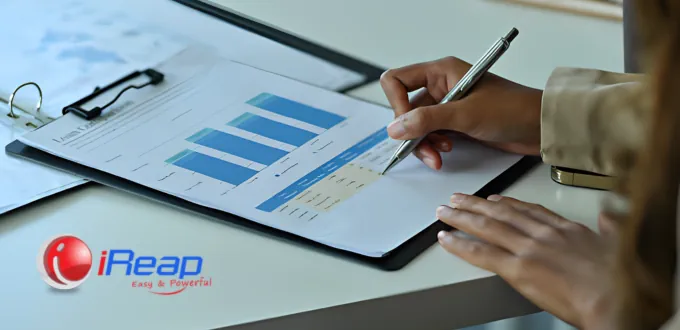
There are numerous methods to document financial activities in a business, including within a dropshipping operation.
Accurate financial records and meticulous inventory management are not mere routines—they are essential instruments that enable your business to grow more swiftly and sustainably.
So, how do you record dropshipping transactions in a structured and systematic manner? Follow the steps below.
1. Create a Supplier List
A supplier is the business partner who provides products for your dropshipping business. Therefore, you must maintain comprehensive records of each supplier you collaborate with.
The information you should include in your supplier list consists of:
- Contact Information
List each supplier’s name, full address, phone number, and email. Include the contact person responsible for product orders, complaints, payments, and other matters. - Types of Products Offered and Pricing
It is crucial to record every product type supplied by each partner, especially since your business may offer a wide variety of items. These notes also help you identify which products are available from multiple suppliers. - Payment Terms
Document the payment terms for each supplier, the accepted payment methods (bank transfer, credit card, PayPal, etc.), and the relevant bank or account details. - Return & Damaged Goods Policy
Keep records of return conditions, time limits, procedures, and any other policies that you consider important.
Maintaining detailed records like these simplifies transaction management and ensures your procurement workflow becomes more structured.
When you need information regarding damaged goods or returns, for example, you can retrieve the data swiftly and efficiently.
This approach not only keeps your business processes running smoothly but also helps maintain long-term, mutually beneficial relationships with your suppliers.

2. Build Comprehensive Product Master Data
To improve efficiency in documenting transactions, the next logical step is to build complete product master data, including product type, pricing, variants, descriptions, supplier names, and any other relevant details.
Master data helps you manage inventory, adjust pricing, and respond swiftly to customer demand. Precise product data organized systematically enables your business to grow more rapidly.
You may wonder whether there is a tool or application that can simplify this entire process—transaction recording, inventory management, and the creation of product master data. Of course, there is. You can use an Android POS application such as iReap POS.
With iReap POS Lite, you can create product categories, item codes, product descriptions, selling prices, promotional prices, wholesale prices, costs, and even record NonStock items (products without tracked inventory), and more.
Creating product master data in iReap POS is extremely easy—simply import the information directly from a CSV file.
3. Consistently Record Every Transaction
In addition to preparing master data, you must consistently document every transaction occurring in your business each day.
Transactions to be recorded include order numbers, product names, quantities, selling prices, shipping addresses, recipient details, and more.
At the same time, you must keep track of orders, payments, and shipping processes. You will also need financial reports to determine whether your business is generating profit or loss.
By maintaining detailed transaction records, you can analyze business performance more effectively, identify sales trends, and make strategic decisions based on accurate data. Unfortunately, doing all this manually every day can consume considerable time and effort.
This is why using a free cashier application like iReap POS Lite is highly advantageous.
This POS application allows you to document all sales and purchase transactions, monitor daily product sales, and ensure the continued growth of your dropshipping business.
To try the app yourself, click the banner below.
4. Prepare Financial Reports with Supporting Evidence
Another crucial step in understanding the full condition of your dropshipping business is preparing financial reports. These reports will display daily transaction totals, income, expenses, shipping fees, discounts, and other costs.
Financial reports are considered valid and complete only when supported by evidence such as payment receipts and invoices. These documents are essential for business analysis and evaluation.
If you lack the skills or knowledge to create financial reports manually, don’t worry. As long as you have downloaded the free Android POS app—iReap POS Lite—this application will automatically generate real-time financial reports for you.

5. Record Damaged Goods or Restock Activities
In a dropshipping business, product condition is a crucial factor that requires your careful attention. If items are damaged during shipping, you should immediately document the incident and coordinate with the supplier for an efficient resolution.
This not only protects your business reputation but also enhances customer satisfaction through responsive problem handling.
Now that you understand how to record dropshipping transactions and the importance of financial documentation, it’s time to take action. Download the free iReap POS Android cashier application to simplify the entire process.



